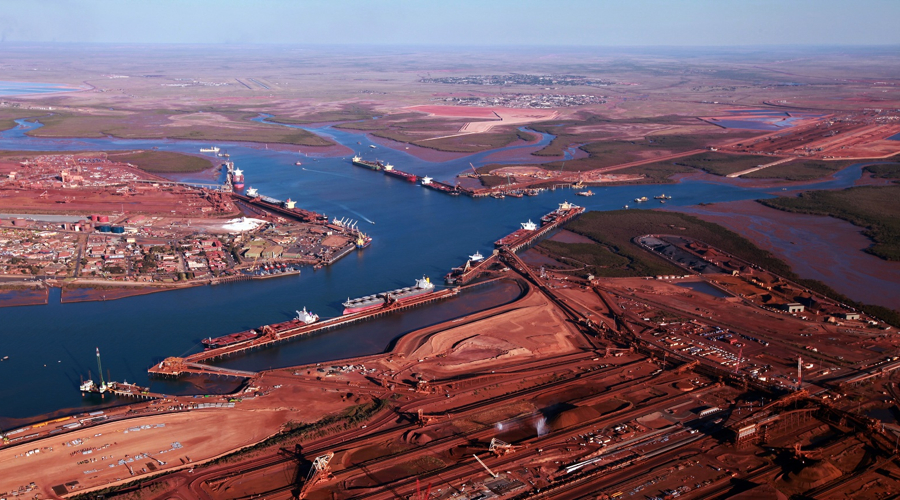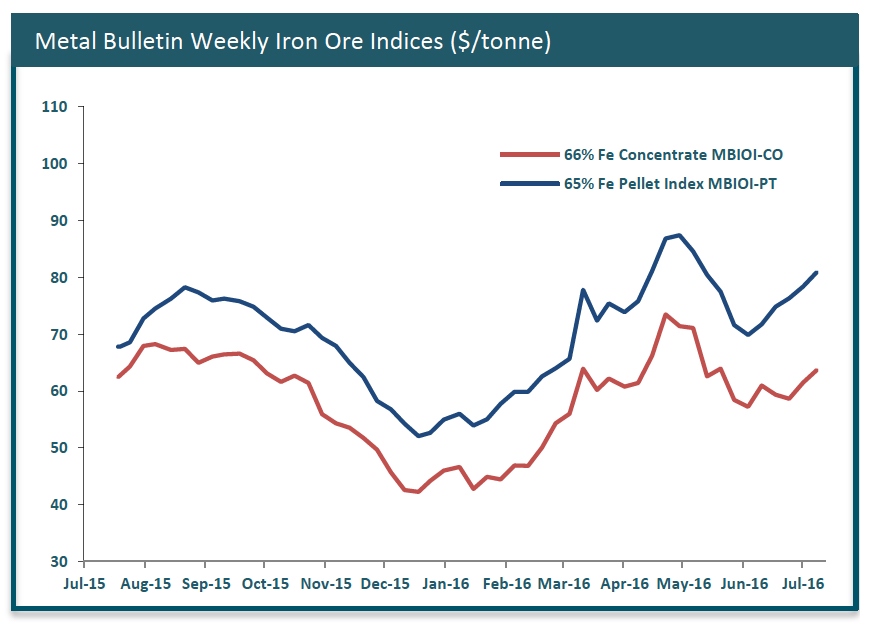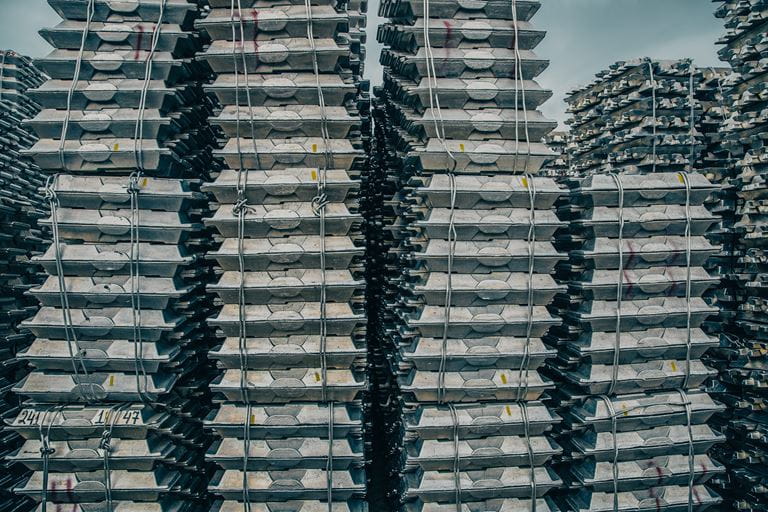Iron ore skyrockets to nearly $60 per tonne

Iron ore price soared Tuesday on the back of fresh capacity cuts in China and geopolitical risks related to The Hague’s ruling that there is no legal basis for Beijing’s “nine-dash line” claiming rights to much of the South China Sea.
After today’s 6.7% gain, the largest one-day percentage increase since April 21, iron ore prices are up 36.3% so far this year.
The import price for 62% iron content fines at the port of Qinqdao climbed 6.7% to $59.38 a tonne, data from The Metal Bulletin Index shows. The gain, the largest one-day percentage increase since April 21, has taken seaborne gains to 36.3% so far this year.
“Tangshan’s local government on Monday afternoon clarified that sinter plants and re-rollers in the city that meet environmental protection requirement can continue operating normally over July 12-24, but must halt production over July 25-31,” analysts at The Metal Bulletin said.
Today’s price rally also follows the news of record iron ore shipments from Australia to China in June through Port Hedland, the world’s largest iron ore loading terminal.

Courtesy of The Metal Bulletin.
Over the month iron ore exports totalled 41.808 million tonnes, easily blowing away the previous record high of 39.534 million tonnes shipped in March 2016, figures released by the Pilbara Ports Authority late Monday show.
In cumulative terms, there was 454.2 million tonnes shipped over the past 12 months, the highest total on record and 3% above the levels recorded in the 2014/15 financial year.
Rising production amid a drop in Chinese steel production led Australia’s official forecasting agency on Friday to cut its 2016 price forecast by almost 2% to $44.20 a metric ton, citing concerns over slowing growth in demand, and it sees little change in 2017.
That is well below the current price of $59.38 a tonne hit today and the first-half average of $48.
China’s iron ore mine production dropped 6% from a year ago in from Jan. to April and is expected to fall by 12% this year and by a further 20% in 2017, Australia’s Department of Industry, Innovation and Science said in its latest commodity forecast.
{{ commodity.name }}
{{ post.title }}
{{ post.date }}




Comments